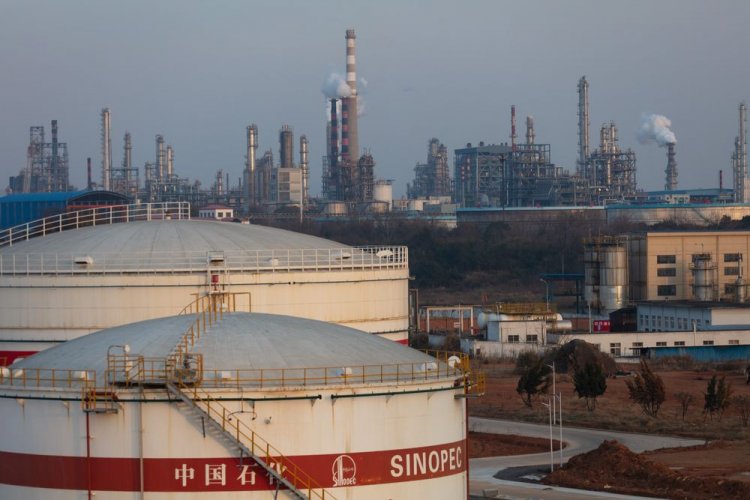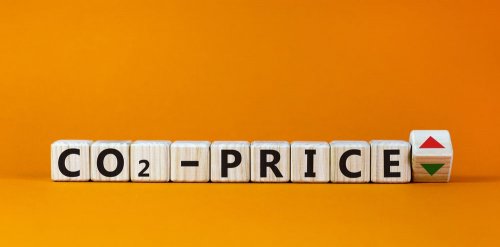China has launched a Certified Carbon Emissions Reduction (CCER) program, which allows companies in certain industries to trade their carbon emissions reduction performance after voluntarily participating in carbon reduction measures.
The CCER will complement the existing carbon credit trading market, which is open only to companies with a specific quota for greenhouse gas emissions, China Daily reports.
According to experts, the CCER will better stimulate the development of some companies, especially those operating in the renewable energy sector, to promote the country's green transition.
At the initial stage, the CCER will consist of four sectors, namely:
- afforestation;
- solar thermal energy;
- offshore wind energy;
- creation of mangrove vegetation.
The material explained that companies involved in these sectors can register their accredited emission reduction indicators in the CCER system and wait for transactions.
"These sectors were chosen because their profitability largely depends on the sale of carbon credits," explained Yang Pingjian, head of the Environmental Sociology Bureau of the Chinese Research Academy of Environmental Sciences.
He said that buyers of carbon credits will mainly be enterprises with a high level of emissions, which cannot meet their emission limits and must compensate them. And also companies that want to demonstrate their corporate social responsibility by contributing to building a greener future.
Ian emphasized that over time, as the program becomes more mature, any individual will be able to purchase an allowance to offset their carbon footprint. Compared to the carbon trading market, the CCER program is designed for anyone interested in reducing emissions.
It is noted that the CCER was first launched in 2012 and suspended in 2017 due to low trade volume and the need for standardization.
Earlier, EcoPolitic wrote, that a study by the Climate Leadership Council organization showed that about 22% of carbon emissions come from imported goods (hidden emissions), which are recorded in the producing countries, not consumers. 8 of the 20 largest global flows of hidden emissions come from China.
As EcoPolitic previously reported, Turkish Minister of Energy and Natural Resources Alparslan Bayraktar said that the country plans to introduce an ETS (national emissions trading system) in 2024.





